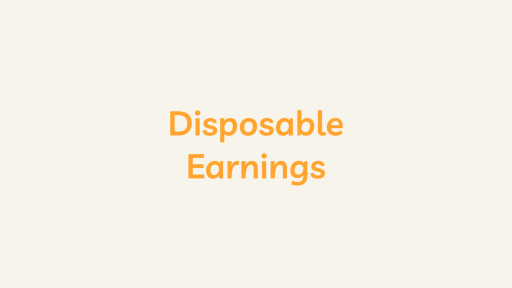What are Supplemental Unemployment Benefits?
Supplemental Unemployment Benefits (SUB) refer to additional payments made by employers to employees who are unemployed due to temporary layoffs, lack of work, or reductions in the workforce. SUB plans are designed to supplement state unemployment benefits, providing employees with additional income during periods of unemployment. These benefits are often part of a comprehensive employee benefits package and are voluntarily provided by employers.
Key points about Supplemental Unemployment Benefits (SUB)
- Voluntary Employer Programs:
- SUB plans are voluntary programs employers initiate to support employees during unemployment. Employers are not required by law to offer SUB benefits, but some choose to do so to enhance their employee benefits package.
- Temporary Income Support:
- SUB benefits provide temporary income support to unemployed employees due to layoffs, lack of available work, or workforce reductions. The goal is to help employees bridge financial gaps during periods of job loss.
- Coordination with State Unemployment Benefits:
- SUB benefits are often coordinated with state unemployment benefits. Employees may receive both state unemployment and supplemental unemployment benefits to help maintain a certain income level.
- Tax Treatment:
- The tax treatment of SUB benefits can vary. In some cases, SUB payments may be treated as taxable income, while in other cases, they may be treated as nontaxable or subject to favorable tax treatment. The tax implications depend on the specific design of the SUB plan and applicable tax regulations.
- Employer Contributions:
- Employers fund SUB benefits and determine the program’s terms. Their contributions are intended to provide financial support to employees during periods when they are not actively working due to circumstances beyond their control.
- Duration and Amount:
- The employer’s plan determines the duration and amount of SUB benefits. Some SUB plans may provide benefits for a specific duration, while others may be linked to the length of an employee’s service with the company. The amount of SUB benefits may be a fixed percentage of the employee’s regular pay or a predetermined amount.
- Employee Eligibility:
- The terms of the employer’s plan typically define eligibility for SUB benefits. Common eligibility criteria include being temporarily laid off, experiencing a lack of available work, or being affected by workforce reductions.
- Employee Communication:
- Employers communicate the details of the SUB plan to employees, including eligibility criteria, benefit amounts, and the process for receiving benefits. Clear communication helps employees understand the support available to them during periods of unemployment.
- Compliance with Regulations:
- Employers offering SUB benefits must ensure compliance with applicable regulations, including tax and labor laws. The design and administration of SUB plans must adhere to legal requirements to avoid potential issues.
- Retention and Employee Morale:
- Offering SUB benefits can contribute to employee retention and morale. Employees may view SUB benefits as a valuable aspect of their overall compensation and benefits package, fostering loyalty to the organization.
Conclusion
Supplemental Unemployment Benefits are a voluntary employer initiative to provide additional financial support to temporary unemployed employees. These benefits contribute to a comprehensive employee benefits strategy and can help organizations attract and retain talent while supporting their workforce during challenging times.





